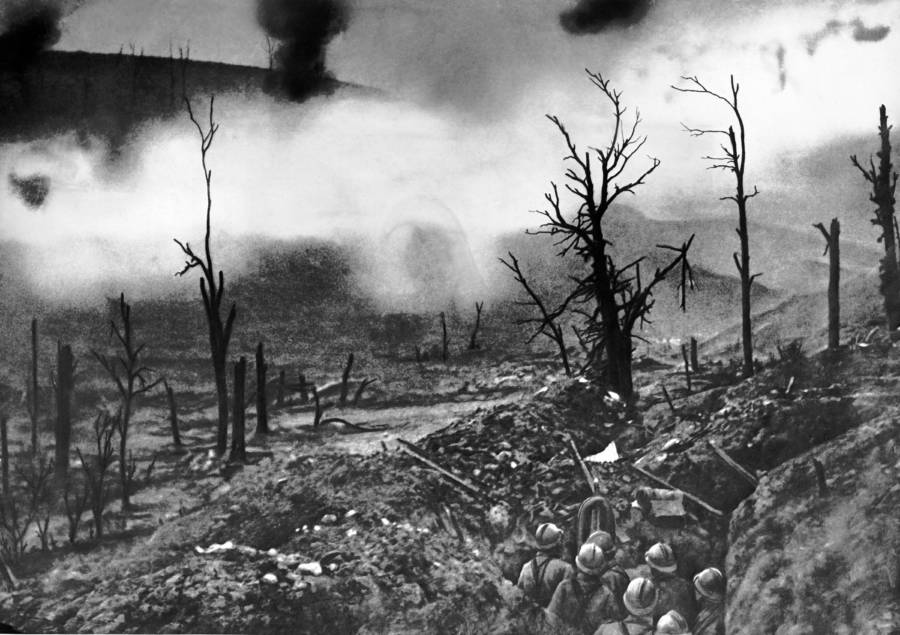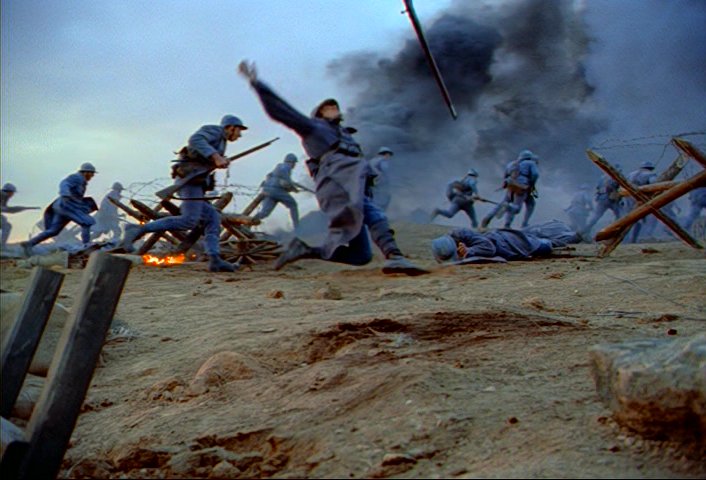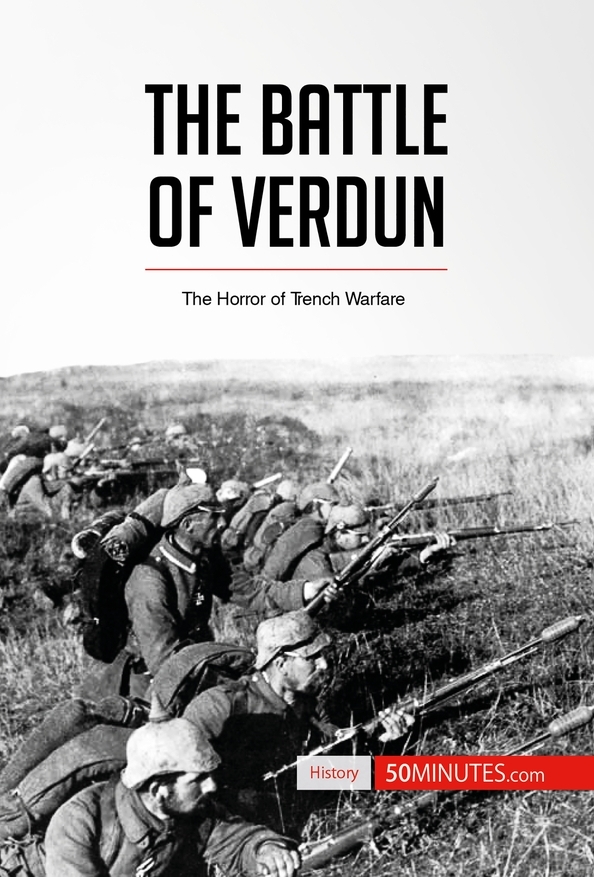

On the west side of the river, the heavily fortified positions of Le Mort Homme and Hill 304 covered the German positions in the north west, as well as the approaches to the main forts of Douaumont and Vaux on the east side of the river, (See Duffy 2007, Horne 1993 and Holstein 2009). By 1916 a salient had developed in the French lines caused by the prominence of the city’s defences. The fortifications consisted of a double ring of 28 modern, mutually supporting forts set into and using the contours of the land to great effect, as well as a huge number of secondary military installations. The landscape was a prepared battlefield. The landscape offered protection to the attacking Germans as well as the defending French with the woods and valleys offering some sort of protection against aerial observation, (Duffy 2007: 326). On the eastern side – facing the German border – the hills form high cliffs and steep sided ravines that concentrate communication routes into a few natural gateways and offer many natural defensive positions (Holstein 2009: 9).

The area is surrounded by hills and the river Meuse has cut into both sides of the valley leaving interlocking spurs that dominate the river crossings.

Verdun stands at the crossing point of two communication routes – the river Meuse and the old road from Paris to Eastern France. At Verdun this transformation of matter can be seen in its most extreme forms both from the destruction caused by the incessant use of heavy artillery and also by the altering of the landscape before the battle to incorporate huge forts and underground “cities” which could withstand almost constant shelling. Saunders states that “fundamentally, war is the transformation of matter through the agency of destruction the character of modern technological warfare is such that it simultaneously creates and destroys more than any previous kind of conflict” (Saunders 2004: 5). It will discuss the destruction of the area and the steps taken to rebuild the shattered city and it’s surroundings after the war. This work will explore the changing nature of the landscape of Verdun as it progressed from one of conflict through to one of remembrance, tourism and change.

To understand the battle of Verdun and its far-reaching implications it is important to go beyond the constraints of a traditional Military History perspective. Forests are destroyed, and only the dead remain above ground, while the living shelter beneath”, (Sillars 1987: 2).Īn archaeologist must look at conflict in the twentieth century and its legacies using a multi-disciplinary and multi-sensorial attitude to examine areas of interest that are still to some extent in the collective memory. The landscape was forever changed all along the Western Front, as Sillars puts it, “The natural landscape which remains after battle has a similar quality of terrible unreality, both in itself and in the way it altered men’s lives. The devastation was so extreme that villages were wiped from the map and medieval visions of hell became a reality for the first time. It was part of a new 20 th century ethos the utter destruction of a nation and its people. The Great War is characterised by the massive destruction it caused and the fighting at Verdun in 1916 is perhaps the most frightening example of modern industrial warfare waged on a people and the landscape that they inhabit.


 0 kommentar(er)
0 kommentar(er)
